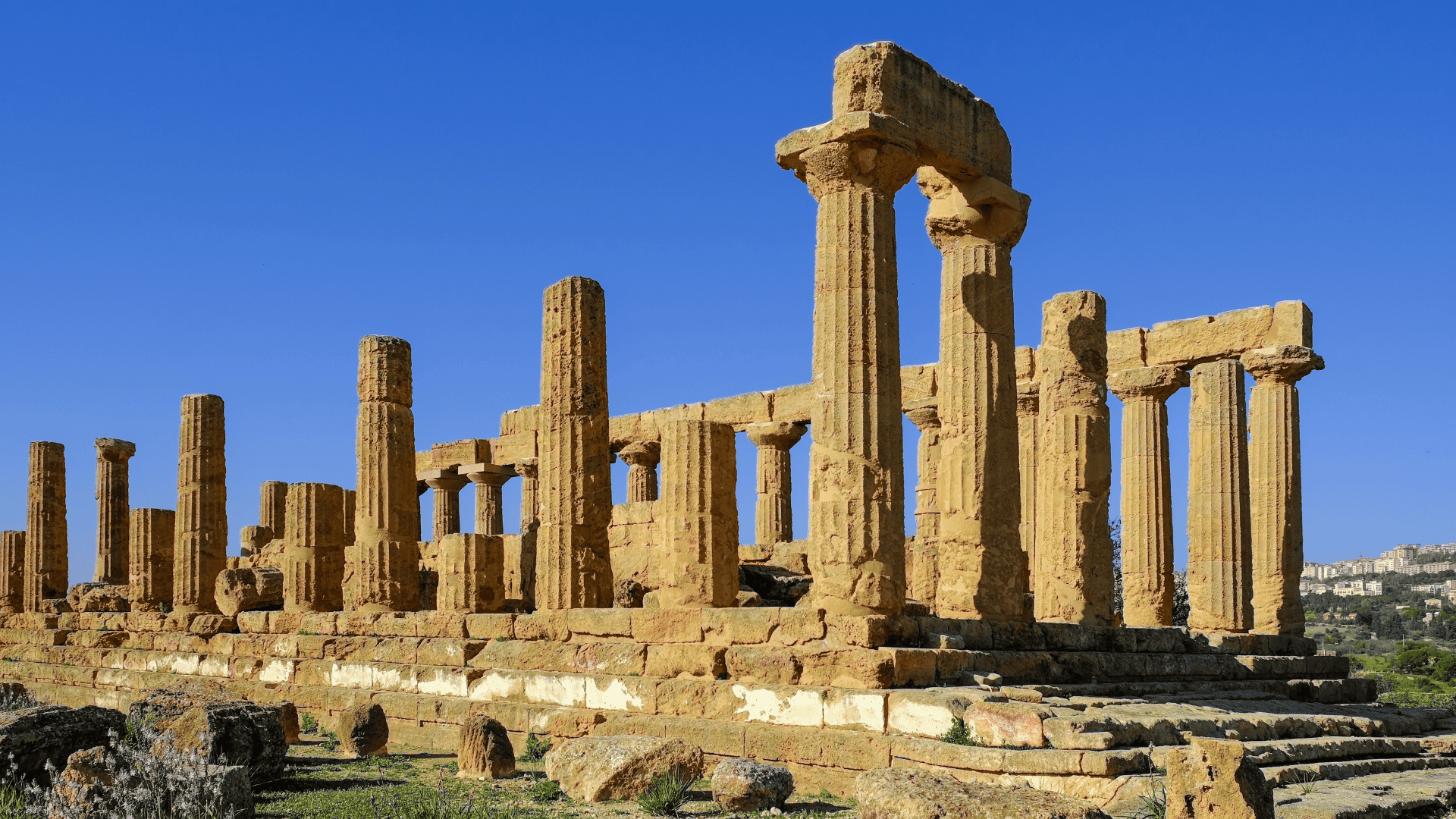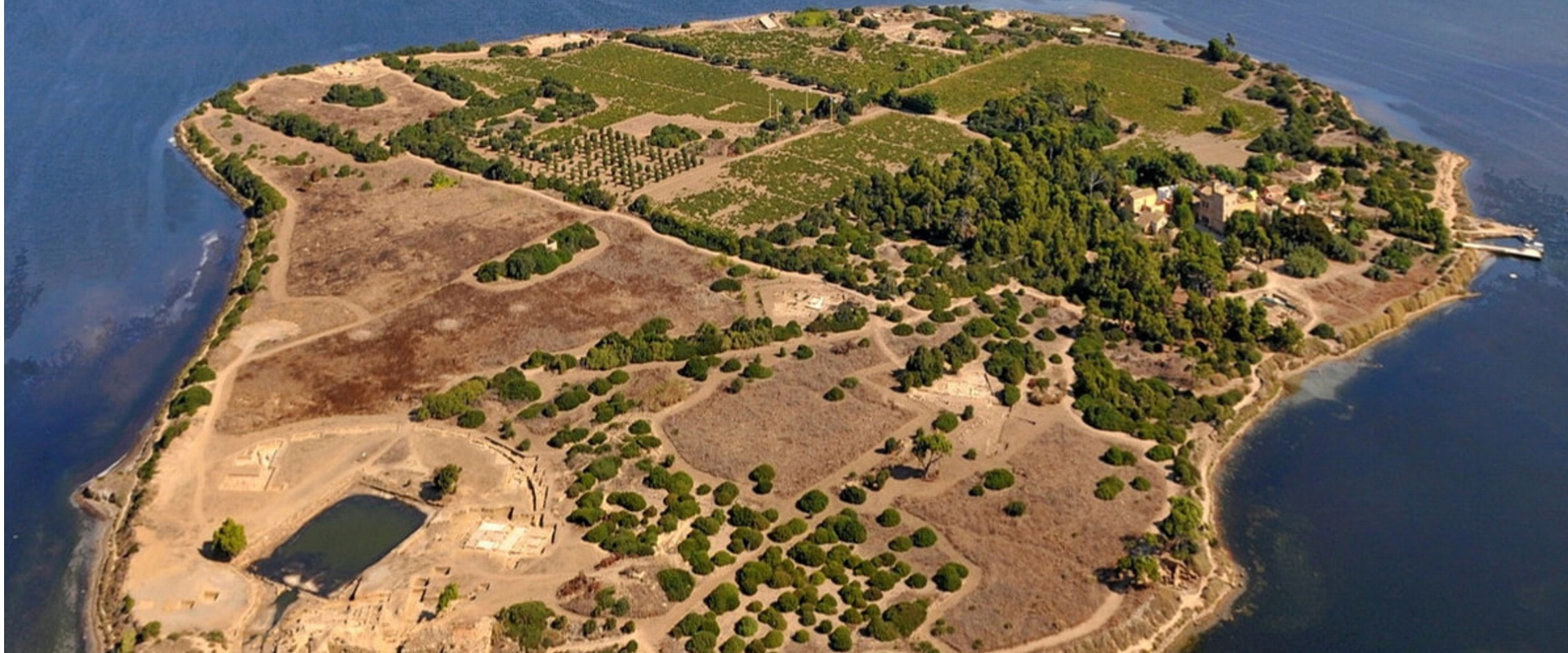Agostino Pepoli Museum in Trapani
The Pepoli Museum is located inside the Convent of the Carmelite Fathers, whose structure dates back to 1315, adjacent to the Sanctuary of the Santissima Annunziata, which houses the marble statue of the ‘Memory of Trapani’, venerated by the people of Trapani.
After enjoying a typical Sicilian breakfast at Giardini Mon Plaisir, a short walk, about 200 metres, will take you to one of Trapani’s iconic museums. The museum owes its name to Count Agostino Pepoli, who in 1906 decided to donate to the city of Trapani an artistic and cultural heritage of recognised value, bringing together the nucleus of works of art and archaeological artefacts that make up a large part of the museum exhibition today.
The Museum Collections
Agostino Pepoli’s collection consists of paintings, jewellery, historical relics, archaeological finds and works of applied art that characterise the Enlightenment culture of the Count from Trapani.
The other two important collections, which complete the rich heritage of the Museum, were donated by General Giovan Battista Fardella and Count Francesco Hernandez of Erice.
The collection donated by General Giovan Battista Fardella consists of 16th, 17th and 18th century Neapolitan paintings, which he acquired on the antiques market between 1825 and 1830. The collection of Count Francesco Hernandez of Erice includes paintings, marble sculptures, nativity scenes, ceramics and archaeological finds, which was acquired in 1921.
The museum was set up in the 1960s by architect Franco Minissi. Today, the Pepoli Museum is one of the most important museums in Sicily.
The Museum is organised into three main sections: Paintings and Applied Arts; Renaissance Sculptures; and Memories of the Risorgimento.
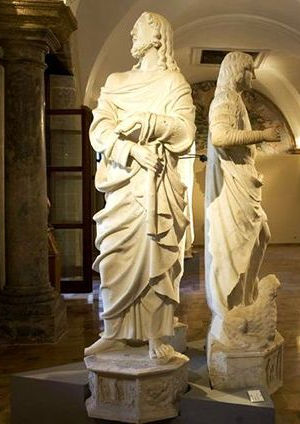

The Museum Collections
Agostino Pepoli’s collection consists of paintings, jewellery, historical relics, archaeological finds and works of applied art that characterise the Enlightenment culture of the Count from Trapani.
The other two important collections, which complete the rich heritage of the Museum, were donated by General Giovan Battista Fardella and Count Francesco Hernandez of Erice.
The collection donated by General Giovan Battista Fardella consists of 16th, 17th and 18th century Neapolitan paintings, which he acquired on the antiques market between 1825 and 1830. The collection of Count Francesco Hernandez of Erice includes paintings, marble sculptures, nativity scenes, ceramics and archaeological finds, which was acquired in 1921.
The museum was set up in the 1960s by architect Franco Minissi. Today, the Pepoli Museum is one of the most important museums in Sicily.
The Museum is organised into three main sections: Paintings and Applied Arts; Renaissance Sculptures; and Memories of the Risorgimento.
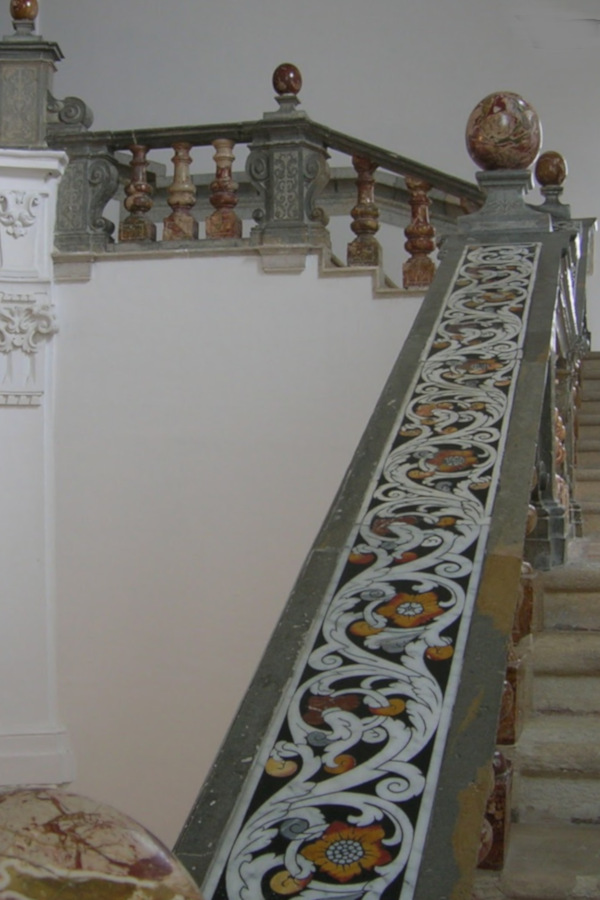
The interior of the museum
The interior of the museum is monumental and austere, and is enlivened by the dynamic and dramatic architecture of the grand staircase, embellished with marble from Trapani. Trapani marble, late Renaissance and Baroque works form the heart of the complex.
Inside the museum we can perceive the evolution of art over time, observing the archaeological finds, decorative arts, ceramics, and appreciate the majolica tiles on the museum floor.
One of the most important works is a pavement depicting the tuna slaughter, which represents a crucial period in the fishing and culture of the Trapani area.
Corals
Continuing the experience inside the Pepoli Museum, we can be pleasantly surprised by the sculptures made of red coral, sculptures made of gold, nativity scenes and jewellery. The section dedicated to jewellery includes jewellery from the treasure of the Madonna of Trapani, silver from the Trapani tradition and, above all, some valuable coral works. Coral was a widely used material, and Trapani was an important production and processing centre.
Among the most outstanding archaeological exhibits, the Pepoli Museum houses various relics of the Risorgimento and Garibaldi, which testify to the province’s participation in the Unification of Italy, including a guillotine from the Bourbon era, and the ensign of the steamer ‘Il Lombardo’, which landed the Thousand at Marsala.
Over the years, the Pepoli Museum has hosted several exhibitions, including a Caravaggio exhibition in 2008, displaying 14 of the painter’s works. Since 2010, the museum has been called the Agostino Pepoli Regional Interdisciplinary Museum.
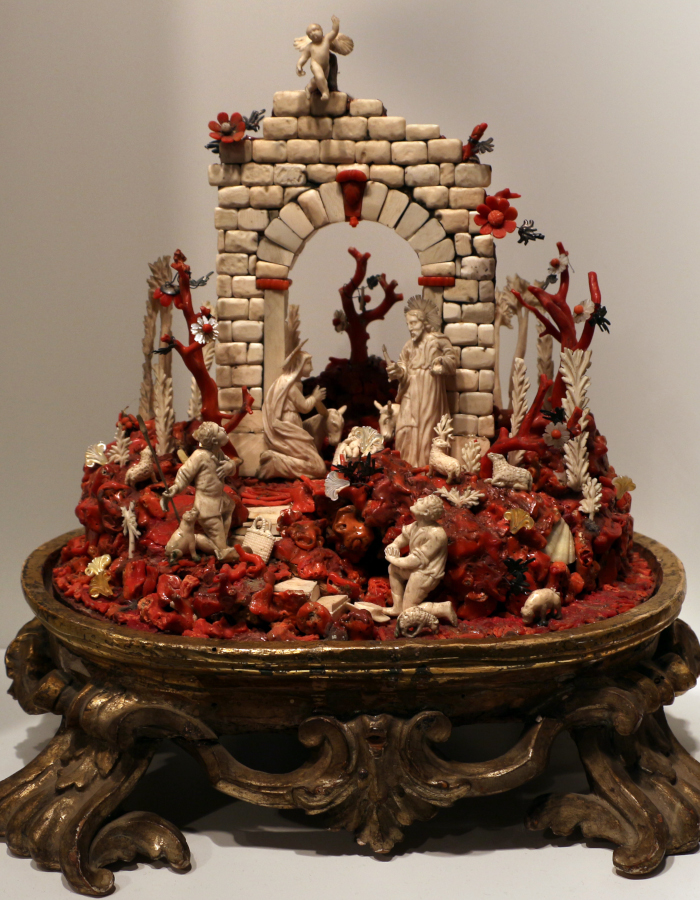

Corals
Continuing the experience inside the Pepoli Museum, we can be pleasantly surprised by the sculptures made of red coral, sculptures made of gold, nativity scenes and jewellery. The section dedicated to jewellery includes jewellery from the treasure of the Madonna of Trapani, silver from the Trapani tradition and, above all, some valuable coral works. Coral was a widely used material, and Trapani was an important production and processing centre.
Among the most outstanding archaeological exhibits, the Pepoli Museum houses various relics of the Risorgimento and Garibaldi, which testify to the province’s participation in the Unification of Italy, including a guillotine from the Bourbon era, and the ensign of the steamer ‘Il Lombardo’, which landed the Thousand at Marsala.
Over the years, the Pepoli Museum has hosted several exhibitions, including a Caravaggio exhibition in 2008, displaying 14 of the painter’s works. Since 2010, the museum has been called the Agostino Pepoli Regional Interdisciplinary Museum.

